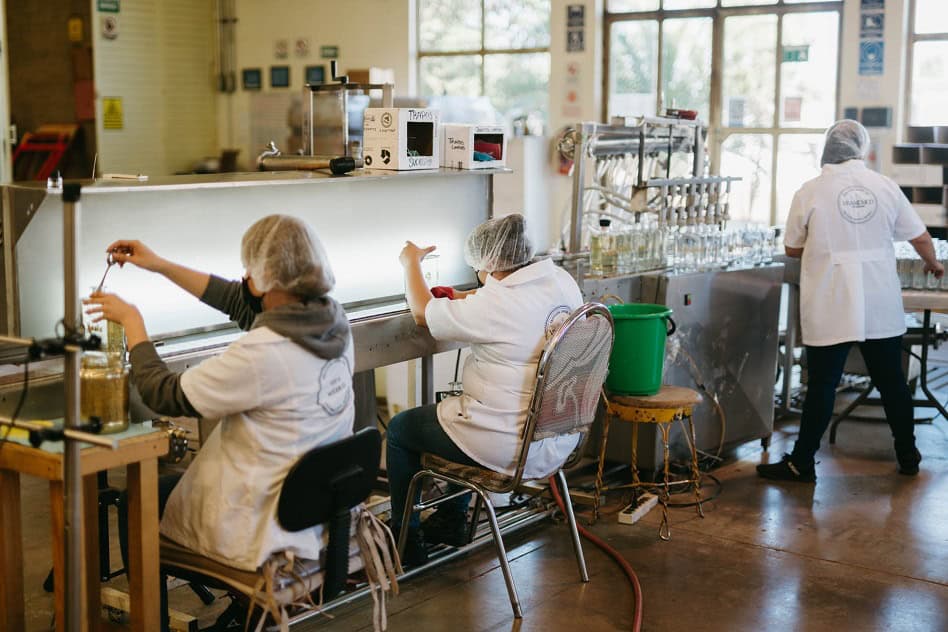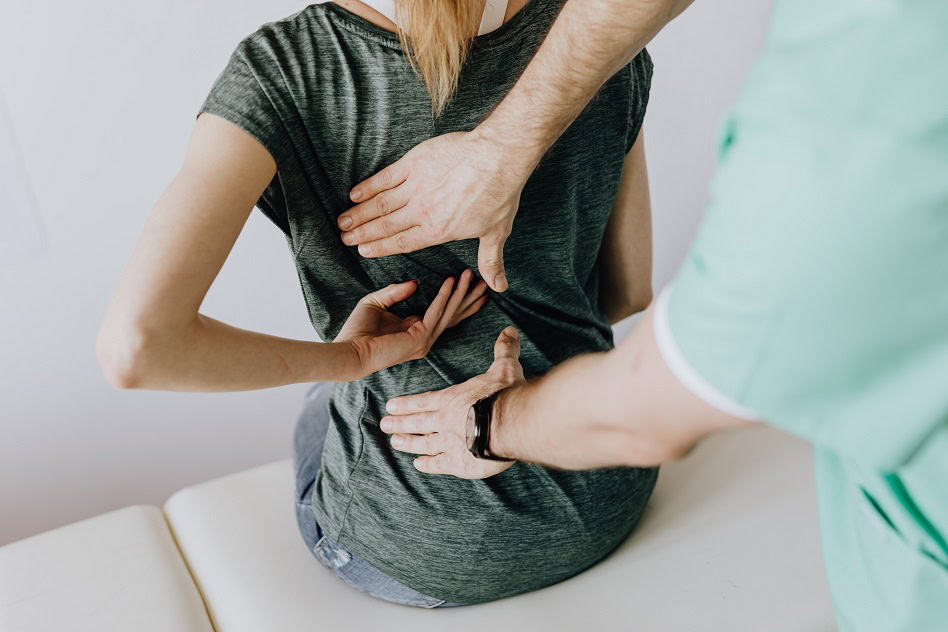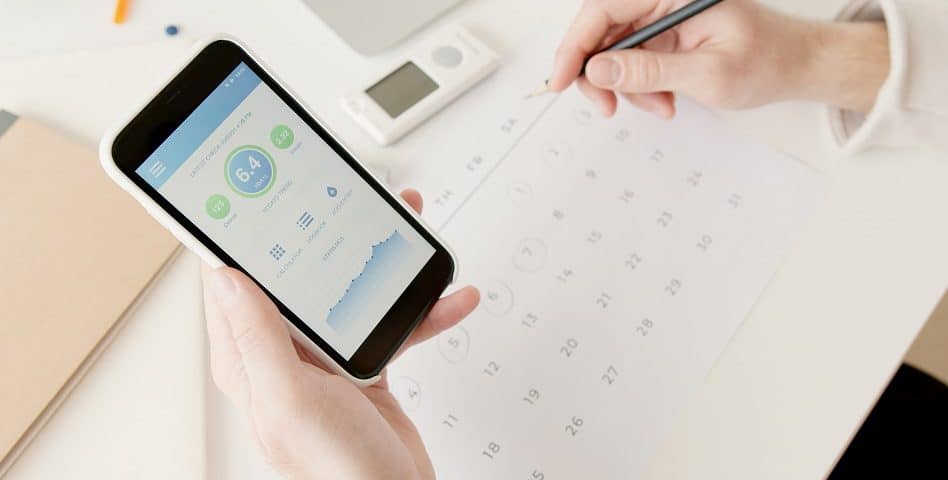
Physical activity and sedentary behaviour in shift and non-shift workers: A systematic review and meta-analysis
December 3, 2021
Musculoskeletal pain and sedentary behaviour in occupational and non-occupational settings: a systematic review with meta-analysis
December 16, 2021A new paper titled “Contrasting compositions of sitting, standing, stepping, and sleeping time: associations with glycaemic outcome by diabetes risk” has recently been published in the International Journal of Behavioral Nutrition and Physical Activity. The full publication is available here, open access. Citation details and the summary of the study are re-posted below.
Citation
Brakenridge, C.J., Healy, G.N., Sethi, P. et al. Contrasting compositions of sitting, standing, stepping, and sleeping time: associations with glycaemic outcome by diabetes risk. Int J Behav Nutr Phys Act 18, 155 (2021). https://doi.org/10.1186/s12966-021-01209-5
Abstract
Background
Recent evidence suggests that prolonged sitting and its adverse impact on glycaemic indicators appear to be proportional to the degree of insulin resistance. To investigate this finding in a free-living context, we aimed to examine associations of device-measured 24-h time-use compositions of sitting, standing, stepping, and sleeping with fasting glucose (FPG) and 2 h post-load glucose (2hPLG) levels, and to examine separately the associations with time-use compositions among those at lower and at higher risk of developing type 2 diabetes.
Methods
Cross-sectional analyses examined thigh-worn inclinometer data (activPAL, 7 day, 24 h/day protocol) from 648 participants (aged 36-80 years) at either lower (< 39 mmol/mol; < 5.7% HbA1c) or higher (≥39 mmol/mol; ≥5.7% HbA1c) diabetes risk from the 2011-2012 Australian Diabetes, Obesity and Lifestyle study. Multiple linear regression models were used to examine associations of differing compositions with FPG and 2hPLG, with time spent in each behaviour allowed to vary up to 60 min.
Results
In general, the associations with the FPG within the time-use compositions were small, with statistically significant associations observed for sitting and sleeping (in the lower diabetes risk group) and standing (in higher diabetes risk group) only. For 2hPLG, statistically significant associations were observed for stepping only, with findings similar between lower (β = − 0.12 95%CI:−0.22, − 0.02) and higher (β = − 0.13 95%CI:−0.26, − 0.01) risk groups. Varying the composition had minimal impact on FPG; however 1 h less sitting time and equivalent increase in standing time was associated with attenuated FPG levels in higher risk only (Δ FPG% = − 1.5 95%CI: − 2.4, − 0.5). Large differences in 2hPLG were observed for both groups when varying the composition. One hour less sitting with equivalent increase in stepping was associated with attenuated 2hPLG, with estimations similar in lower (Δ 2hPLG% = − 3.8 95%CI: − 7.3, − 0.2) and higher (Δ 2hPLG% = − 5.0 95%CI: − 9.7, − 0.0) risk for diabetes.
Conclusions
In middle-aged and older adults, glycaemic control could be improved by reducing daily sitting time and replacing it with stepping. Standing could also be beneficial for those at higher risk of developing type 2 diabetes.




